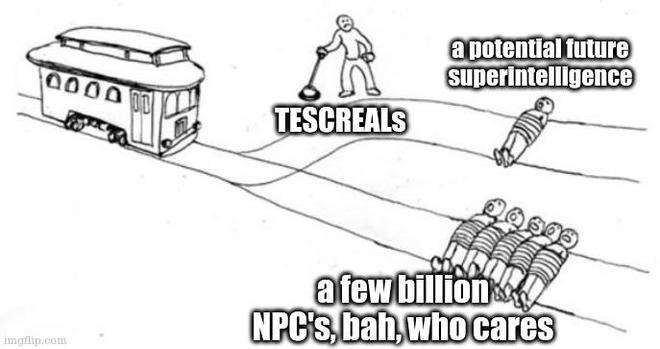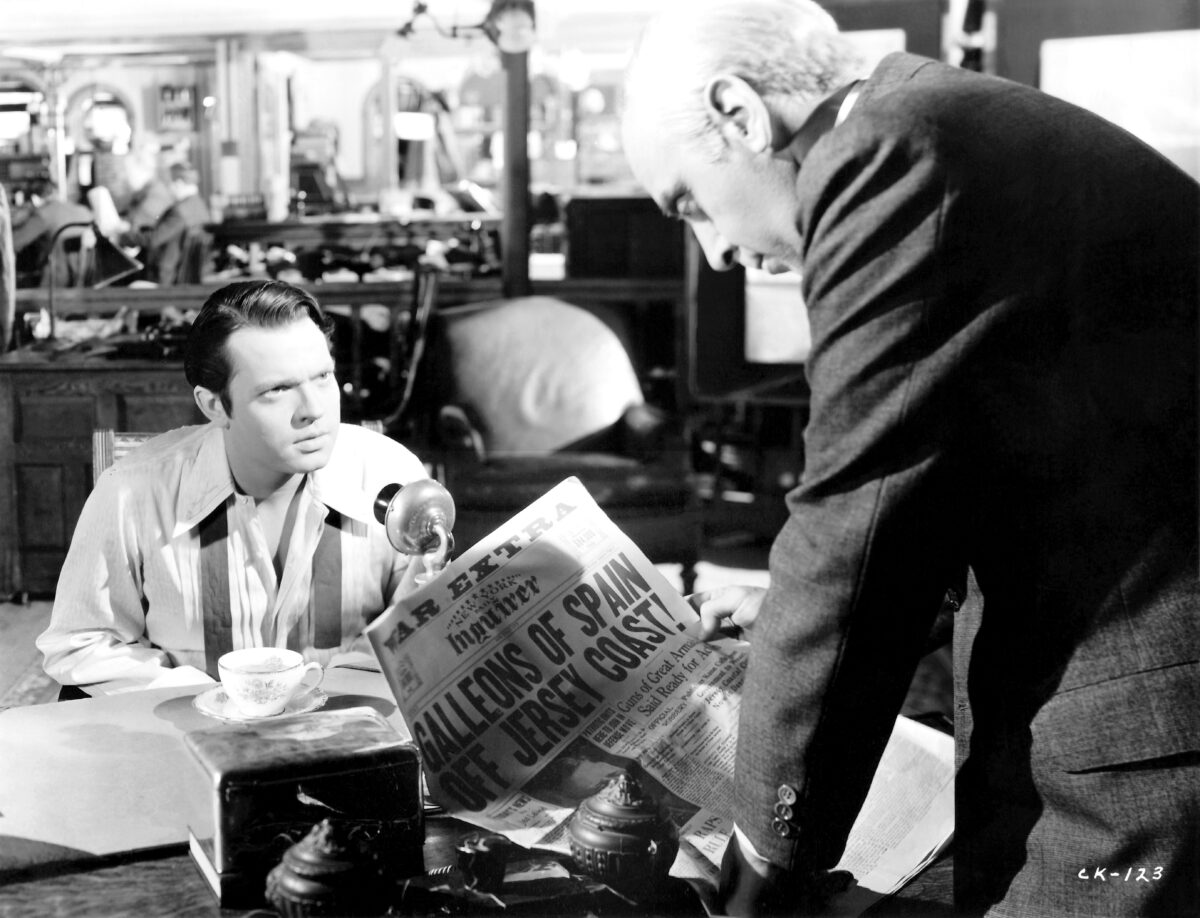As we open 2025 it would be traditional for an Old Internet Curmudgeon to rhapsodize about the good, old days of the 1990s, when the web was open, snark flourished at sites like suck.com, no one owned social media (that is, Usenet and Internet Relay Chat), and even the spam was relatively harmless.
But that’s not the period I miss right now. By “lost” I mean the late 2000s, when we shifted from an Internet of largely unreliable opinions to an Internet full of fact-based sites you could trust. This was the period during which Wikipedia (created 2001) grew up, and Open Street Map (founded 2004) was born, joining earlier sites like the Internet Archive (founded 1996) and Snopes (1994). In that time, Google produced useful results, blogs flourished, and before it killed them if you asked on Twitter for advice on where to find a post box near a point in Liverpool you’d get correct answers straight to your mobile phone.
Today, so far: I can’t get a weather app to stop showing the location I was at last week and show the location I’m at this week. Basically, the app is punishing me for not turning on location tracking. The TV remote at my friend’s house doesn’t fully work and she doesn’t know why or how to fix it; she works around it with a second remote whose failings are complementary. No calendar app works as well as the software I had 1995-2001 (it synced! without using a cloud server and third-party account!). At the supermarket, the computer checkout system locked up. It all adds up to a constant white noise of frustration.
We still have Wikipedia, Open Street Map, Snopes, and the Internet Archive. But this morning a Mastodon user posted that their ten-year-old says you can’t trust Google any more: “It just returns ‘a bunch of madeup stuff’.” When ten-year-olds know your knowledge product sucks…
If generative AI were a psychic we’d call what it does cold reading.
At his blog, Ed Zitron has published a magnificent, if lengthy, rant on the state ot technology. “The rot economy”, he calls it, and says we’re all victims of constant low-level trauma. Most of his complaints will be familiar: the technologies we use are constantly shifting and mostly for the worse. My favorite line: “We’re not expected to work out ‘the new way to use a toilet’ every few months because somebody decided we were finishing too quickly.”
Pause to remember nostalgically 2018, when a friend observed that technology wasn’t exciting any more and 2019, when many more people thought the Internet was no longer “fun”. Those were happy days. Now we are being overwhelmed with stuff we actively don’t want in our lives. Even hacked Christmas lights sound miserable for the neighbors.
***
I have spent some of these holidays editing a critique of Ofcom’s regulatory plans under the Online Safety Act (we all have our own ideas about holidays), and one thing seems clear: the splintering Internet is only going to get worse.
Yesterday, firing up Chrome because something didn’t work in Firefox, I saw a fleeting popup to the effect that because I may not be over 18 there are search results Google won’t show me. I don’t think age verification is in force in the Commonwealth of Pennsylvania – US states keep passing bills, but hit legal challenges.
Age verification has been “imminent” in the UK for so long – it was originally included in the Digital Economy Act 2017 – that it seems hard to believe it may actually become a reality. But: sites within the Act’s scope will have to complete an “illegal content risk assessment” by March 16. So the fleeting popup felt like a visitation from the Ghost of Christmas Future.
One reason age verification was dropped back then – aside from the distractions of Brexit – was that the mechanisms for implementing it were all badly flawed – privacy-invasive, ineffective, or both. I’m not sure they’ve improved much. In 2022, France’s data protection watchdog checked them out: “CNIL finds that such current systems are circumventable and intrusive, and calls for the implementation of more privacy-friendly models.”
I doubt Ofcom can square this circle, but the costs of trying will include security, privacy, freedom of expression, and constant technological friction. Bah, humbug.
***
Still, one thing is promising: the rise of small, independent media outlets wbo are doing high-quality work. Joining established efforts like nine-year-old The Ferret, ten-year-old Bristol Cable, and five-year-old Rest of World are year-and-a-half-old 404 Media and newcomer London Centric. 404Media, formed by four journalists formerly at Vice’s Motherboard, has been consistently making a splash since its founding; this week Jason Koebler reminds that Elon Musk’s proactive willingness to unlock the blown-up cybertruck in Las Vegas and provide comprehensive data on where it’s been, including video from charging stations, without warrant or court order, could apply to any Tesla customer at any time. Meanwhile, in its first three months London Centric’s founding journalist, Jim Waterson, has published pieces on the ongoing internal mess at Transport for London resulting from the August cyberattack and bicycle theft in the capital. Finally, if you’re looking for high-quality American political news, veteran journalist Dan Gillmore curates it for you every day in his Cornerstone of Democracy newsletter.
The corporate business model of journalism is inarguably in trouble, but journalism continues.
Happy new year.
Illustrations: The Marx Brothers in their 1929 film, The Cocoanuts, newly released into the public domain.
Wendy M. Grossman is the 2013 winner of the Enigma Award. Her Web site has an extensive archive of her books, articles, and music, and an archive of earlier columns in this series. She is a contributing editor for the Plutopia News Network podcast. Follow on Mastodon or Bluesky.









